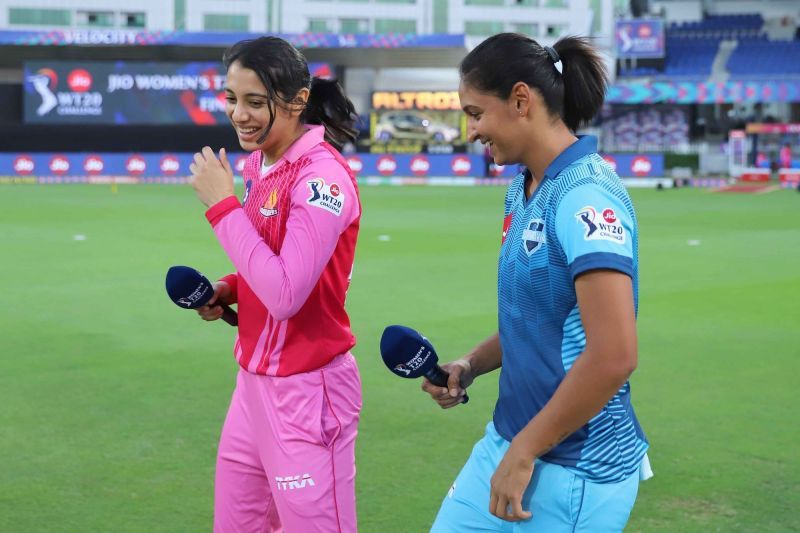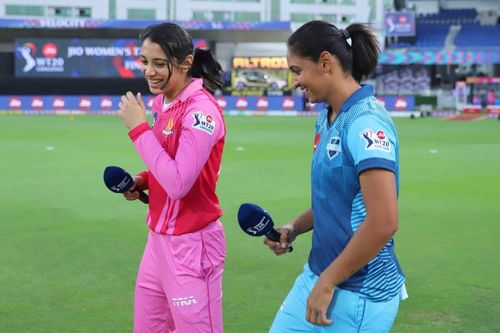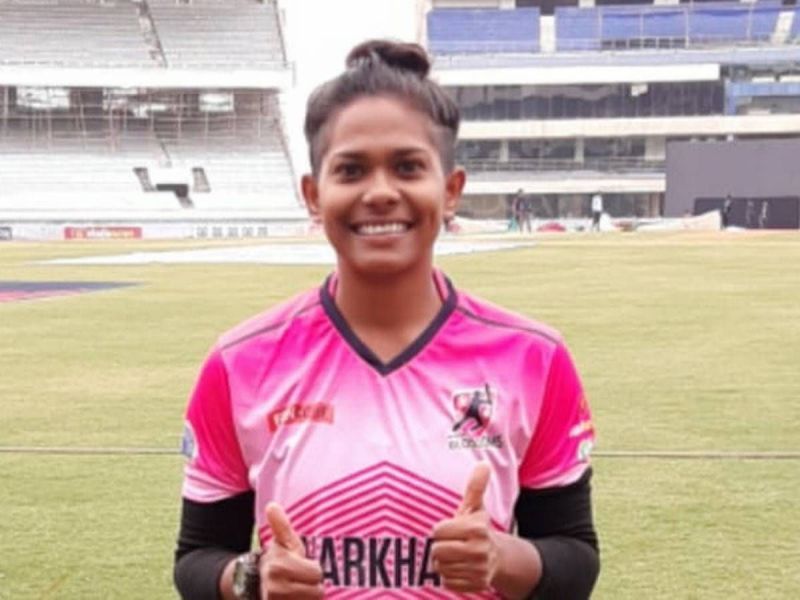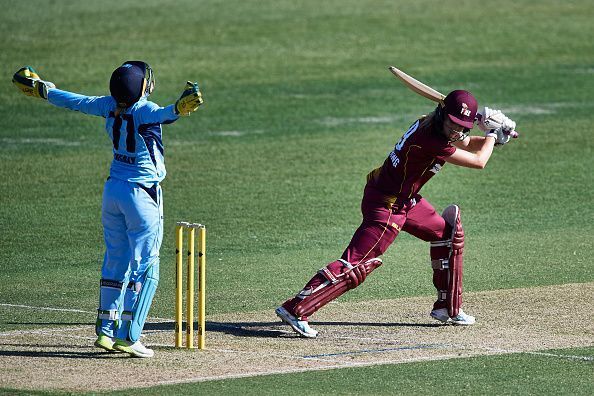
The fault in Indian cricket's payment structure

Do India’s female cricketers get paid enough? The simple answer to that question is no.
When the annual player contracts for 2020-21 were announced by the BCCI earlier this week, social media gave quite the reaction to the news. While not much has changed since the last announcement in 2020, fans were not pleased that the BCCI had failed to bridge the massive gap between what the men and the women representing India currently earn.
As per the announcement, just like in 2020, the players have been split into 3 categories - Grade A earning an annual retainer of Rs 50 lakh, Grade B earning an annual retainer of Rs 30 lakh, and Grade C earning an annual retainer of Rs 10 lakh. Interestingly, the highest-earning women as per these contracts stand to make only half of what players on the fringes of the Indian men’s national team do.
There is no denying that the likes of Virat Kohli and Rohit Sharma have paid their dues while making it to the top. But the Harmanpreet Kaurs and the Smriti Mandhanas have also toiled for years together, and perhaps against even more obstacles.
But that may not be where the biggest problem in Indian women’s cricket lies. As Snehal Pradhan said in her article for the Hindustan Times, domestic cricket is the supply line for Indian women’s cricket. And right now, there are alarm bells all around that.
Is the Indian women's cricket supply line truly sustainable?

Sources close to Sportskeeda have revealed that the women in India’s domestic scene are paid ₹12,500 for every one-day game they play, while making ₹6,250 for every T20 that they are a part of. That amount is halved if the player does not make the playing XI for a game.
The men, on the other hand, are paid ₹35,000 for every one-day game that they play, while that number drops down to ₹17,500 per T20 game that they play. They also receive ₹35,000 per day for every Ranji Trophy game they play.
As with the women, these numbers half themselves in matches they don’t play. In addition to this, they also receive a nominal daily allowance and a small portion of BCCI’s gross revenue.
The difference in pay here may not look quite as massive when you compare it with what the men and women receive through BCCI’s annual contracts. But delve a little deeper, and we're faced with a slightly different reality.
This year, the women only played in the Women’s Senior One-Day Trophy. A player on a team that did not make it past the group stages participated in just five games, standing to earn ₹62,500 for the year through cricket.
For a player that was a regular in the Jharkhand squad that made the final, that number would go upto ₹1 lakh. That is the amount for the entire year.
Sure, this year has been something of an anomaly. If you were to take into account the other tournaments that would have taken place if not for the troubled times humanity finds itself in, a female cricketer that is a regular for her state team would have made in the range of ₹2 to 2.5 lakh.
But it is worth noting that the Indian women haven't played a first-class tournament since the 2015/16 season. For an inter-state first-class competition, one would have to go all the way back to the 2008/09 season.
To put things into perspective, a Devdutt Padikkal stands to make more money in two Ranji Trophy games than what an Indrani Roy would over the course of the domestic season. To give another example, a female cricketer at the top of the domestic game makes less money in a year than what an IT professional with no experience would make in their first job.
What this means is that a woman plying her trade in domestic cricket might well be tempted to look past the prospective honor of playing for her country in a bid to lead a slightly more comfortable lifestyle.
Can the BCCI do more?

For the first time in this article, the answer to a question put here is a resounding yes. There is precedent to believe so, at any rate.
Cricket Australia (CA), for example, have introduced semi-professional domestic contracts to players that are not contracted to the national team. Currently, 98 female cricketers across seven state teams hold domestic contracts with the CA, in addition to the 15 players that are professionally contracted by way of their performances for the national team.
While these 98 cricketers may not exactly be drowning in riches, the contracts would work to bring some financial stability into their lives.
In December 2020, the England and Wales Cricket Board (ECB) announced 16 new full-time domestic contracts, in addition to the 25 they had already announced in June. These 41 names, of course, are in addition to the 17 centrally-contracted national team players.
In August 2019, New Zealand Cricket (NZC) announced that they had reached an agreement with the New Zealand Cricket Players Association (NZCPA). This then-new Women’s Master Agreement saw the board offer 54 domestic contracts, in addition to the 17 senior and 8 developmental centrally-contracted players.
The CA and the ECB also have full-fledged franchise-based leagues that the women play in. Whenever it does happen, a Women’s IPL would go a long way in securing financial stability for domestic Indian cricketers - which is just one of several benefits that would come from it.
A lot has been said about the revenue being generated by female cricketers not being enough to warrant higher pay or more opportunities. But it is pertinent to note that it isn't the cricketers' job to market the sport they play. That is the sole responsibility of the governing body of the sport in the country - the BCCI.
The least that the richest cricket board in the world can do for the sport in the country is to make sure that young and talented cricketers are not turned away from the sport due to financial constraints. A better pay structure would help more parents encourage their kids to take up cricket as a career. And that in turn would allow their children to continue the legacies of the Mithali Rajs and the Jhulan Goswamis.